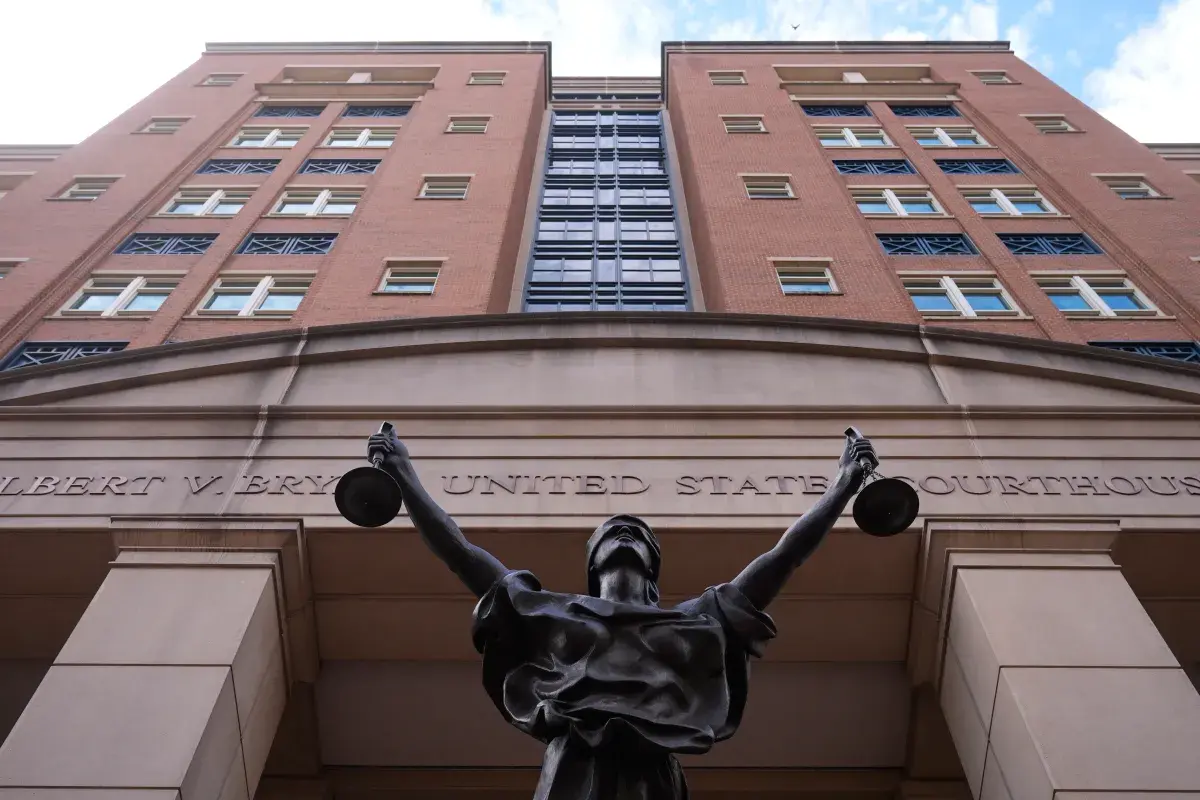
The number of individuals filing for bankruptcy has soared in 2025, reflecting growing financial pressures and pessimism among Americans about their economic security.
According to a report from the American Bankruptcy Institute, based on figures from data and analytics platform Epiq AACER, there were 249,152 individual chapter 7 bankruptcy filings—the most common type of personal bankruptcy—during the first nine months of 2025. This represents a 15 percent increase over the 216,773 filed in the same period last year.
Why It Matters
Epiq AACER linked the rise to the “mounting financial pressure” faced by Americans in 2025, reflected in rising household debt levels as well as surveys which show growing pessimism among consumers about their personal economic security.
Americans have this year grappled with elevated inflation, as well as a deterioration of the job market and a broader weakening of the nation’s economic outlook.
What To Know
On top of the chapter 7 filings, total bankruptcy filings rose 10 percent to 423,053 year-over-year, with total individual filings seeing an 11 percent jump to 399,387. Individual chapter 13 filings—allowing debt reorganization for those with a steady income—were up 4.3 percent to 149,337.
The figures are broadly in line with those released earlier this year by the Administrative Office of the U.S. Courts, which showed that nonbusiness filings rose 11.8 percent in the 12-month period which ended June 30 compared with the previous year.
Sara Greene, a professor at the Duke University School of Law, told Newsweek that this upward trend is “not particularly surprising,” and reflects the fact that “the margin of safety for many Americans has shrunk.”
Greene pointed to a “confluence of pressures” that are pushing more households toward filing, including higher interest rates and debt-servicing burdens, growing debt levels driven by the rising cost of everything from groceries to health care, and the rollback of many COVID-era “rainy-day” measures such as the pause in student loan collections and expanded child tax credits.
“If there is labor market softness or further wage stagnation for low and middle income workers, this will make it difficult for households to weather even modest shocks, potentially leading to further increases in bankruptcy numbers,” she added. “And, if we see even further erosion of the public safety net, which it seems that we may, many more people may turn to credit/debt and overextend themselves, ultimately leading more to reach tipping points and having to file.”
The report coincides with further signs of waning financial confidence among American consumers. According to the latest RealClearMarkets/TIPP Economic Optimism Index, released on Tuesday, economic sentiment fell to 48.3 in October from 48.7 in September—the lowest reading since May and a further drop below the 50-point threshold signaling persistent pessimism.
Tuesday also saw the release of the New York Fed’s latest consumer outlook survey, which showed that fewer consumers anticipate being better off a year from now, and that year-ahead inflation expectations rose to 3.4 percent in September from 3.2 percent in August.
What People Are Saying
Michael Hunter, vice president of Epiq AACER, said: “The sharp rise in individual bankruptcy filings this September compared to 2024 highlights the mounting financial pressure on households across the country. Chapter 7 filings surged 19 percent year-over-year, and the growth in active Chapter 13 case inventory suggests more consumers are turning to bankruptcy as a necessary financial reset.”
Legal scholar Sara Greene told Newsweek: “I think this trend will continue if interest rates remain high (or go higher), as debt servicing burdens will continue to weigh on vulnerable households. Further, we haven’t seen enough inflation relief, and if these pressures related to inflation continue (particularly for food, rent, energy, etc.), I think we will see this bankruptcy trend continue.”
ABI Executive Director Amy Quackenboss said: “With household debts climbing, lending terms tightening and geopolitical uncertainty creating challenges within supply chains, bankruptcies continue their ascent toward pre-pandemic levels. Families or businesses overwhelmed by growing debt loads have a financial lifeline through the bankruptcy process.”
What Happens Next?
According to Epiq AACER’s vice president, the trend of rising personal bankruptcies is expected to continue through the remainder of the year “with a strong likelihood of accelerating into 2026.”